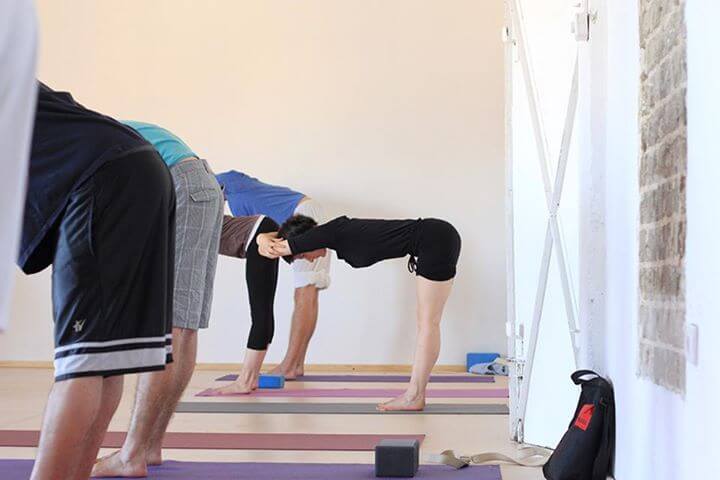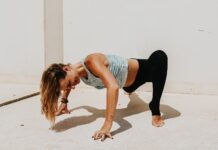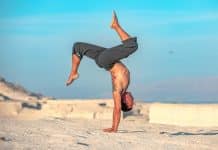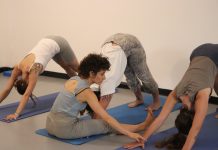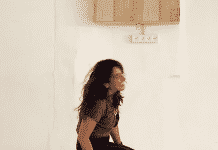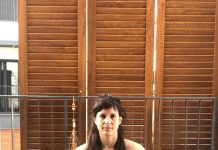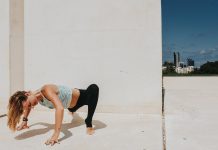A Yoga class intended for beginners as well as experienced practitioners wishing to deepen their personal practice. We recommend including it in your schedule along with regular practice.
Each class is a standalone lesson, and focuses on one of the following subjects:
- Life energy. Breath as the basis for physical, emotional and mental change. Breath as the mind’s peaceful center – chita vritti nirodha. The diaphragm as a major breathing muscle. Full Yogic breath, Ujjayi breathing, alternating breath – Anuloma Viloma. Emphasizing the importance of Pranayama as part of a complete Yoga practice.
- Alignment. The Asana as a process during which movement is created through an inner understanding of alignment – allowing the body to develop harmoniously from an anatomic point of view. Getting to know the stabilizing muscles – core muscles as support for the spine, allowing conduction of life energy through the body. Through awareness, work on endurance and stability in the different Asanas.
- Rooting and a sense of security. The deeper the roots of the tree go into the ground, the further the branches can spread to the sky. The hips as the cradle of the earliest existential awareness, the connection to the physical world, to the earth. Awareness to Apana energy and working with the Mula Bandha. Rooting and lower body stability and its effect on the entire body, physically and energetically.
- Standing poses and creating balance. Coordination, sense of direction and spatial awareness. Conscious effort to improve standing power and rooting through the soles of the feet. The movement of the hip joints and spine, based on rooting down through the feet, as the frame supporting proper alignment. Experience Tadasana, Vrikchasana, Uttitha Trikonasana and Virabhadrasana I, II and III.
- Synchronizing mind, movement and breath. The way in which we enter and leave each pose and the way we hold it for a number of breaths. Experience practicing Vinyasa Yoga – basic sequences – flowing between the poses learned thus far (standing, sitting, balance) using the rhythm of the breath and emphasizing alignment and precision during movement.
- Backbends. Performing backward and forward bends, developing freedom of movement along the spine and shoulders with an emphasis on maintaining a lengthening in the spine throughout the movement, and avoiding compression of the vertebrae. Focus on posterior muscles (hamstring), use of props.
- Non-attachment – leaving your comfort zone. The structure of the spine allows a large range of motion on a number of different planes. Experience the difference between an active and a passive twist, the interrelation between the hips and chest during a spinal twist, prepare for headstands (Sirsana) and shoulder-stands (Sarvangasana).
- Ashtanga Vinyasa Yoga. Learn the Ashtanga sequences. Historical background, the difference between Ashtanga and Vinyasa classes, the main components of the practice.
- Emphasizing Yoga-therapy and the importance of relaxation. The practice is soft and attentive. An emphasis on relaxation as an integral part of the practice. Recognizing each practitioner’s unique psycho-physical needs. Using props to increase range of motion in the pose and experiencing exercises in pairs for support and rehabilitation.


